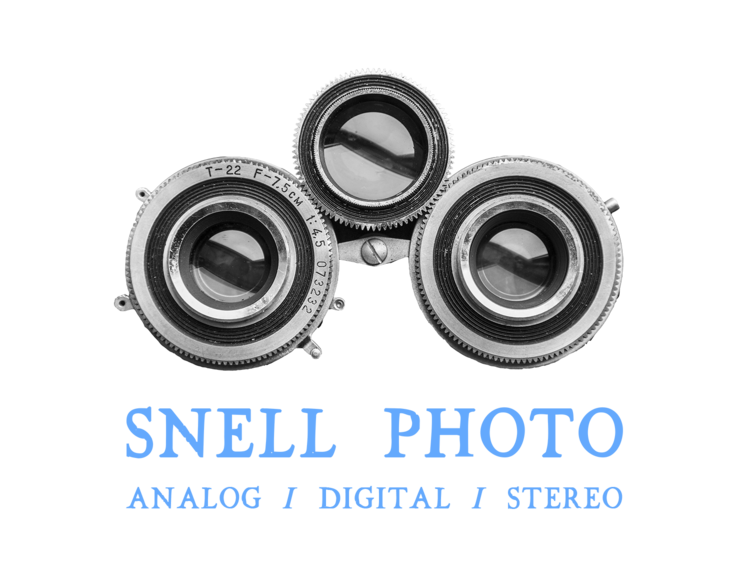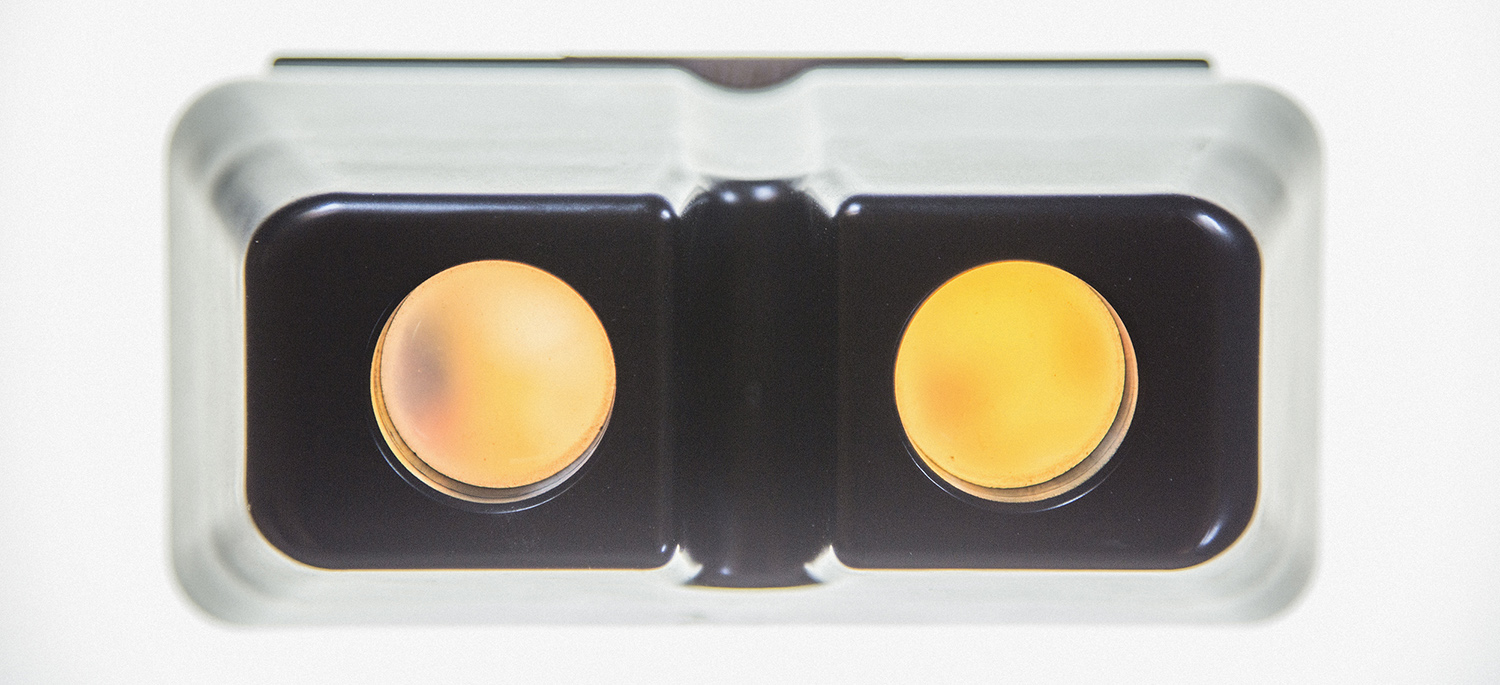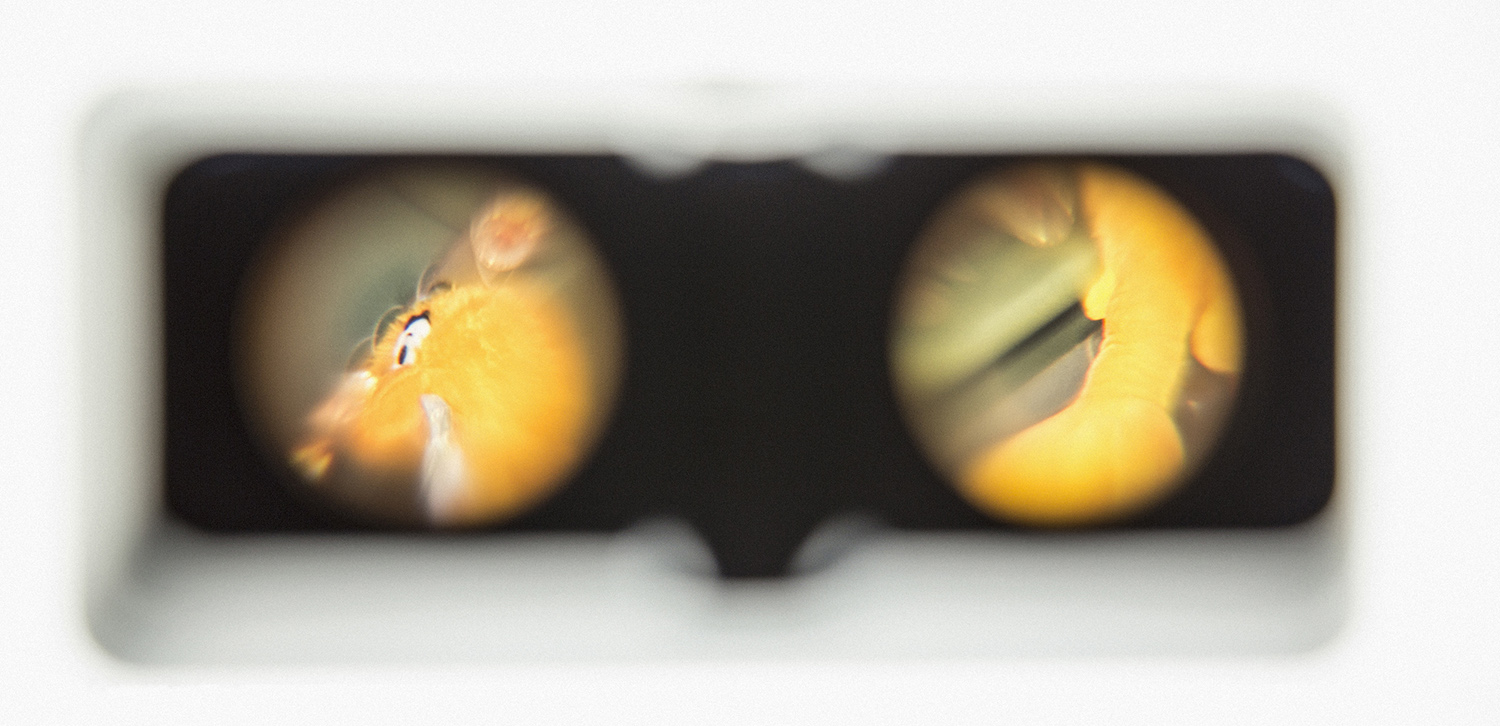An early stereograph of General William Sherman, taken on July 19, 1864 during the American Civl War
In 2009 I randomly bought a cheap Holga stereo camera while picking up film in a Hollywood camera shop. About as much thought was put into that purchase as a chocolate bar in the grocery store check-out line. Little did I know that that camera would lead me down a rabbit hole of antique viewers, vintage stereo cards, garage sales, old books, the Soviet Union, online libraries & interactions with other 3D weirdos like me that are scattered around the world... and slowly become one of my biggest passions almost a decade later.
MY GEAR
As has been said, "limitation breeds creativity." I quickly fell in love with the images I got on that Holga, despite its challenges. It was entirely plastic (lenses included), had a fixed shutter of roughly 1/100 and somewhere in the neighborhood of f/9, with essentially no way to focus. It was a lot of trial and error, but when the images were good, they were GREAT. That kept me busy for several years before I felt inclined to seek other options.
My next pick-ups were a couple 35mm cameras. The "4D Magic 135Plus" from Hong Kong (introduced in 2005), which is unique in that the lenses are offset by only 27mm (about half the distance of most stereo cameras), which combined with close-focus diopters & flash allows for great macro-stereo shots. And the classic "Realist," the best-selling stereo camera ever made. Produced by the David White Co. in Milwaukee from 1947-1971. This camera helped kickstart the "Second Golden Age" of stereography, and inspired many imitators.
My last addition was the "Sputnik." Produced in the USSR from 1955-1974. At this moment, it's the only medium-format reflex stereo camera that's still easy to acquire. There were a few alterations & fixes I had to figure out (light leaks, lack of lens hoods, microscopic shutter release, crappy waist-level viewfinder), but it has become my favorite stereo camera by far. Roughly 75% of my stereo gallery was taken on one of my two Sputniks. If only it had shutter speeds up to 1/500 and 220 film still existed, I'd be a happy man.
VIEWING STEREO
By far, the best way to enjoy stereo images is by looking at the actual film slides through a special viewer. Very simply, the viewer directs one image to your left eye, another image to your right eye, and your brain combines the two into a 3-D image with various depths.
It's the same technology as those toy View-Masters you may remember. They had a small spinning disk that you would load into the top of the instrument, which would then click through seven images before repeating.
Medium format film slides are massive by comparison. The resolution is incredibly high, and the color richness doesn’t get any better. What you’re seeing isn’t a copy or a scan, it’s the actual film negative that’s been chemically processed into a positive.
It’s one of those things that can only be fully appreciated in person, but I did go searching for the next best thing...
Over the years, people have come up with various ways to combine images for an audience. One I recently came across is a .gif file that toggles between images (right). It does give you the sense that there is some depth, but it’s quite a different experience from viewing both images simultaneously.
A small number of photographers have used lenticular printing to combine stereo images. These are tightly packed rows of linear lenses that reveal different sections of an interlaced image when the angle of view is changed. However, they are more popularly used to simulate motion, rather then depth.
Anaglyphs were developed in the late 1800s and continue to be used to this day, especially with the resurgence of 3-D movies. One image, tinted red, is superimposed over another image (tinted cyan). With properly colored glasses, your brain can then separate the two flat images, giving an illusion of depth. Modern glasses & projectors are using polarizing filters in the same way.
There is one inherent problem with all of these options: they combine images, which reduces quality. Lenticular prints erase 50% or more of each image, in order to make room for the others. Anaglyphs do the same, or alter the colors; creating a muddier image with less detail, brightness and color separation.
The “next best” method for viewing 3-D images that I’ve come across is also the simplest. If you rearrange your stereo images so that the “right” image is on the left, and the “left” image is on the right, you can cross your eyes and instantly get the 3-D illusion. It’s very similar to those old “Magic Eye” books and posters with hidden 3-D images inside graphic patterns. If you were able to see the Magic Eye images, then you can definitely get the hang of viewing stereo images on a screen.
With Magic Eye, you generally find the image by looking “through” the page or screen and focusing beyond it. In the case of stereo images, you need to do the exact opposite. You’ll cross your eyes so that you right eye is looking at the image on the left, and vice versa. You will also be focusing slightly in front of your screen. When your eyes find the correct balance, the two images will “click” together in the center of your field of view, your jaw will drop slightly, and a small whisper will escape your lips, “WHOA.”
It's difficult for some people to get the hang of, but it's like riding a bike. If you can get it, you'll never have trouble with it again. It's generally easier if the images are relatively small in your field of view, which requires less crossing of the eyes. As you move closer to the screen, your eyes will have to cross more and more to maintain the effect. So if you’re having trouble, back up a little. Once you get it, you can lean in and find your comfort zone. You can find a little more info, and some helpful graphics here.
Once back in the gallery, the best way to navigate is by clicking an image and using your right & left arrow keys (which will now function as “next” and “back” buttons). Once you’re set up, you can click through the entire gallery without needing to re-adjust your eyes. Enjoy!
PS: I've recently come across this 3-D viewer that works with smartphones called "The OWL VR Kit" (which can be found here: shop.londonstereo.com). If you can't get the hang of the cross-eye method, these are a good alternative when combined with a nice big smartphone. If you've already got a viewer like this, you can find my stereo gallery in parallel format here.











